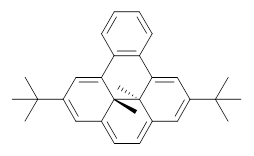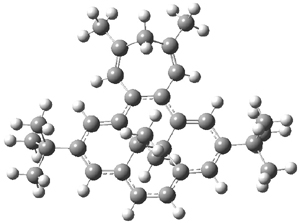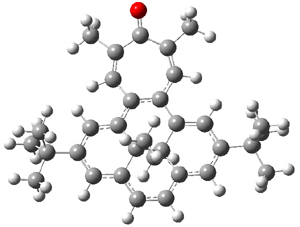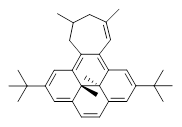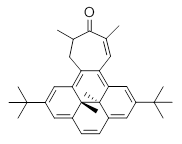A comprehensive evaluation of how different computational methods perform in predicting the energies of monosaccharides comes to some very interesting conclusions. Sameera and Pantazis1 have examined the eight different aldohexoses (allose, alltrose, glucose, mannose, gulose, idose, galactose and talose), specifically looking at different rotomers of the hydroxymethyl group, α- vs. β-anomers, pyranose vs. furanose isomers, ring conformations (1C4 vs skew boat forms), and ring vs. open chain isomers. In total, 58 different structures were examined. The benchmark computations are CCSD(T)/CBS single point energies using the SCS-MP2/def2-TZVPP optimized geometries. The RMS deviation from these benchmark energies for some of the many different methods examined are listed in Table 1.
Table 1. Average RMS errors (kJ mol-1) of the 58 different monosaccharide structures for
different computational methods.
|
method |
average RMS error |
|
LPNO-CEPA |
0.71 |
|
MP2 |
1.27 |
|
SCS-MP2 |
1.55 |
|
mPW2PLYP-D |
2.02 |
|
M06-2x |
2.03 |
|
PBE0 |
3.62 |
|
TPSS |
4.78 |
|
B3LYP-D |
4.79 |
|
B3LYP |
5.06 |
|
HF |
6.69 |
|
B97D |
7.66 |
Perhaps the most interesting take-home message is that CEPA, MP2, the double hybrid methods and M06-2x all do a very good job at evaluating the energies of the carbohydrates. Given the significant computational advantage of M06-2x over these other methods, this seems to be the functional of choice! The poorer performance of the DFT methods over the ab initio methods is primarily in the relative energies of the open-chain isomers, where errors can be on the order of 10-20 kJ mol-1 with most of the functionals; even the best overall methods (M06-2x and the double hybrids) have errors in the relative energies of the open-chain isomers of 7 kJ mol-1. This might be an area of further functional development to probe better treatment of the open-chain aldehydes vs. the ring hemiacetals.
References
(1) Sameera, W. M. C.; Pantazis, D. A. "A Hierarchy of Methods for the Energetically Accurate Modeling of Isomerism in Monosaccharides," J. Chem. Theory Comput. 2012, 8, 2630-2645, DOI:10.1021/ct3002305

